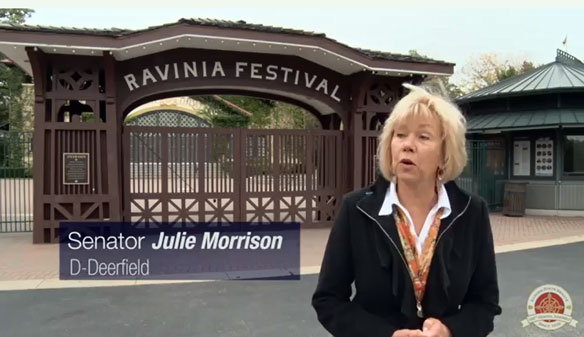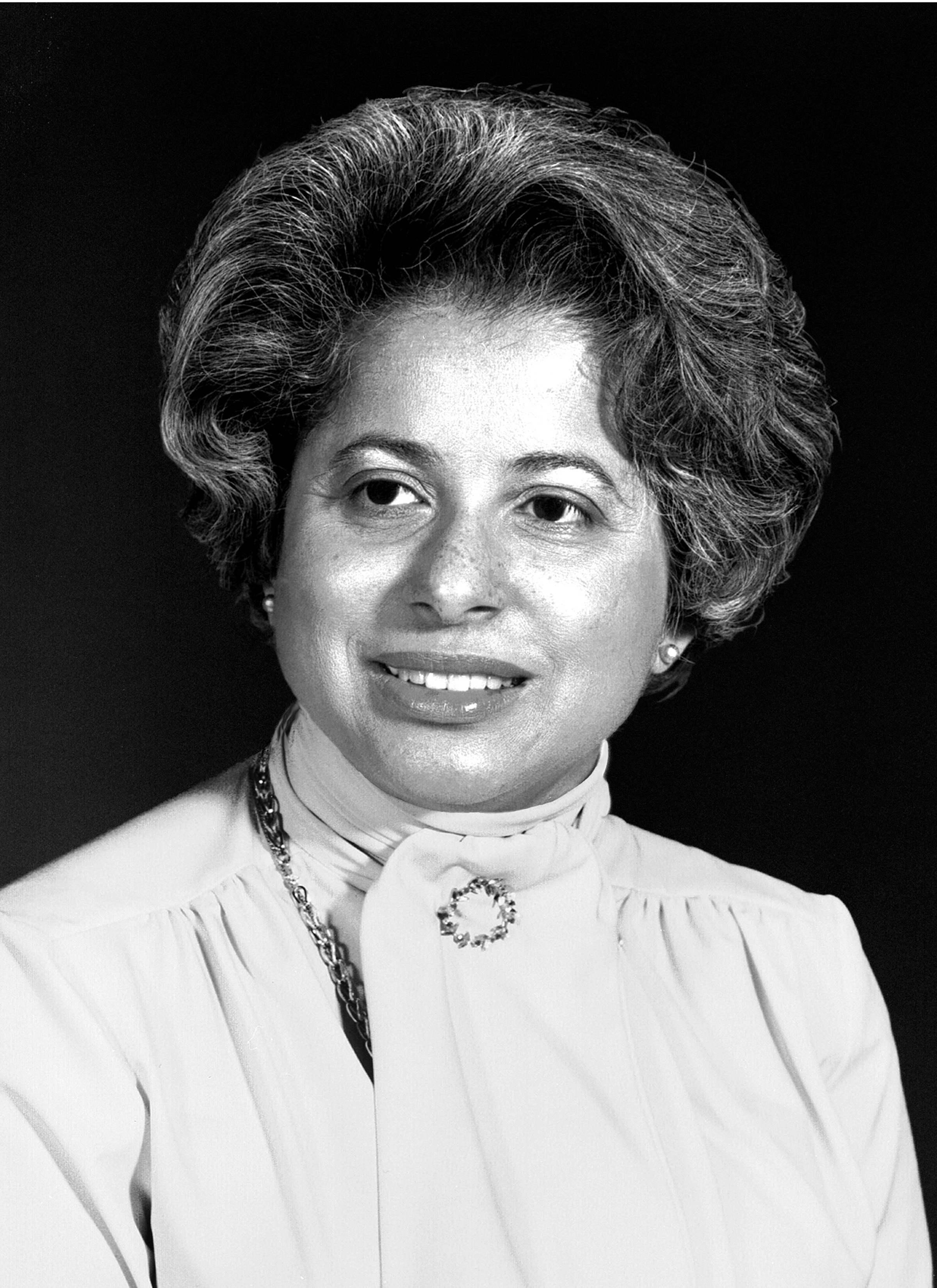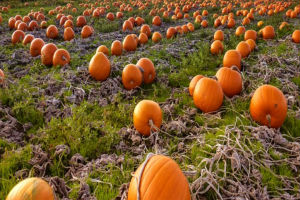- Details

On December 3, 1818, Illinois became the nation’s 21st state. As we come to our state’s 200th birthday, we asked senators to talk about people or places in their districts that represent the best of Illinois’ rich past and how that is shown in local history, tourism, culture or community impact.
The Ravinia Festival at Highland Park, Illinois, is the oldest music festival in North America. Senator Julie Morrison visited the site in the 29th District where thousands of families have enjoyed all genres of music since 1904. Along with entertainment in a beautiful setting, Ravinia plays a vital part in the local economy and provides hundreds of jobs.
- Details

Illinois students are scoring higher on the ACT this year in spite of a national trend of lower scores on the test designed to gauge college preparedness.
Students in the state achieved an average composite score of 23.9 out of 36, an increase from 21.4 in 2017.
The results come at a time when composite scores across the country have declined to an average of 20.8 after reaching an average of 21.0 last year.
The nationwide decrease in scores has been particularly substantial in math, where scores reached their lowest levels since 2004. Only 40 percent of test takers were rated as prepared to take a first-year college algebra course compared to 41 percent in 2017 and 46 percent in 2012. Illinois beat the national average in math 61 to 40 percent.
Illinois students demonstrated a higher level of college readiness than students nationally, outperforming the national average in every category. More than 80 percent of test takers in Illinois were rated as ready for college-level English courses, compared to 60 percent nationally. Illinois students also beat the national average 64 to 36 percent in reading and 55 to 46 percent in science.
For complete data on ACT scores in Illinois and nationally, click here.
- Details

Amanda Evanston is the November Artist of the Month. She is from Evanston, and her favorite medium to use is acryclic paint.
How long have you been an artist or when did you start? Was there a single incident or moment when you realized this was your passion and if so, would you tell us about it?
Painting has always been with me. Always. My first memory is finger painting in the bath tub. My first friend was a lunchbox filled with art supplies. I was never the smartest or the prettiest or the funniest kid, but I could draw stuff for hours and my parents were kind enough to encourage the habit.
When I paint I can feel my cells shift. There’s nothing like it. I’m fortunate enough to live in a time and place where I get to do it every single day.
- Details
For years, Illinois has had African-American pioneers in any field of endeavors. A recent online poll asked readers to vote for the 10 people who are the most inspiring African-American leaders in the state’s history. Here are five of the trailblazers who made the cut.
 Patricia Roberts Harris was born in 1924 in Mattoon. She excelled in school and won a scholarship to Howard University, where she served as vice chair of the NAACP. Roberts graduated at the top of her class and went on to obtain a law degree. In 1965 she became the first African-American woman to serve as an ambassador to Luxembourg and hold a cabinet position in a presidential administration.
Patricia Roberts Harris was born in 1924 in Mattoon. She excelled in school and won a scholarship to Howard University, where she served as vice chair of the NAACP. Roberts graduated at the top of her class and went on to obtain a law degree. In 1965 she became the first African-American woman to serve as an ambassador to Luxembourg and hold a cabinet position in a presidential administration.
 Cuba native Minnie Minoso began playing baseball as a boy. In 1946 he signed a $300-a-month deal to play for the New York Cubans of the Negro National League. After the Major League color barrier was lifted, Minoso signed with the Cleveland Indians but did not get the opportunity to play many games. In 1951, he was traded to the Chicago White Sox and became the first black player in the history of the franchise.
Cuba native Minnie Minoso began playing baseball as a boy. In 1946 he signed a $300-a-month deal to play for the New York Cubans of the Negro National League. After the Major League color barrier was lifted, Minoso signed with the Cleveland Indians but did not get the opportunity to play many games. In 1951, he was traded to the Chicago White Sox and became the first black player in the history of the franchise.
- Details
 The pumpkin has been a North American staple since before long before the arrival of European settlers, and Illinois farmers continue the big orange squash’s long tradition by growing more pumpkins than anywhere else in the world. Illinois grows 90-95 percent of the pumpkins used in processed goods, with most of the processing taking place in Morton, Illinois – which has claimed the title of “Pumpkin Capital of the World” since 1978.
The pumpkin has been a North American staple since before long before the arrival of European settlers, and Illinois farmers continue the big orange squash’s long tradition by growing more pumpkins than anywhere else in the world. Illinois grows 90-95 percent of the pumpkins used in processed goods, with most of the processing taking place in Morton, Illinois – which has claimed the title of “Pumpkin Capital of the World” since 1978.
In 1920, Morton developed a canning plant, now owned by Nestle/Libby’s. The plant covers 5,000 acres of fertile farmland devoted to producing pumpkins.



